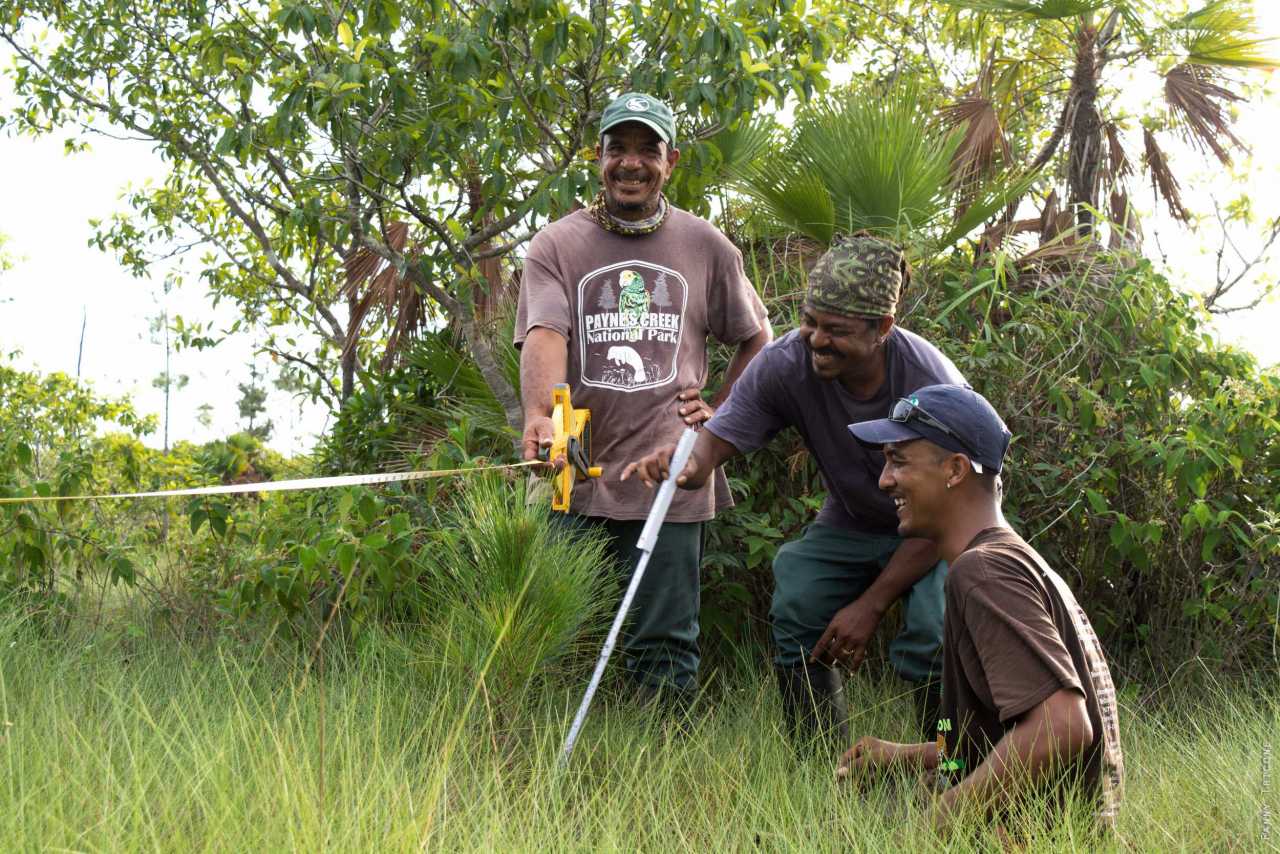-
#dosfuegos
Fire effects monitoring by managers and communities leads to effective research.
Many fire studies are initiated by graduate students and academic researchers. While they pursue funding to solve “management issues” and provide quantitative science to assist managers, researchers often have a short term understanding of the most important issues. Driven by the desire for another publication notch in their belts, long term needs of communities and practitioners often receive little attention after the grant cycle is over.
The pine woodlands and savannas of Payne’s Creek National Park, Belize, suffer from too frequent severe dry season fires. Those fires prevent the regeneration of the pines that are used by an array of savanna species, including the endangered yellow headed parrot.
Dos Fuegos bridges science and management by assisting managers. We develop quantitative fire effects monitoring to evaluate fire management practices. At Payne’s Creek National Park, our goal was to provide good baseline data for community based fire management decisions.
Results found that current early dry season prescribed fires do not allow for survival of the pine seedlings in the open savanna.
Our fire effects monitoring was successful at attracting capable scientists to focus upon our management questions.
Last week, the first “wet season” prescribed burn was conducted with the collaboration of researchers from the University of Florida and post burn observations look promising. With lesser intensity, pine seedlings are allowed to survive.Post is under moderationStream item published successfully. Item will now be visible on your stream.

